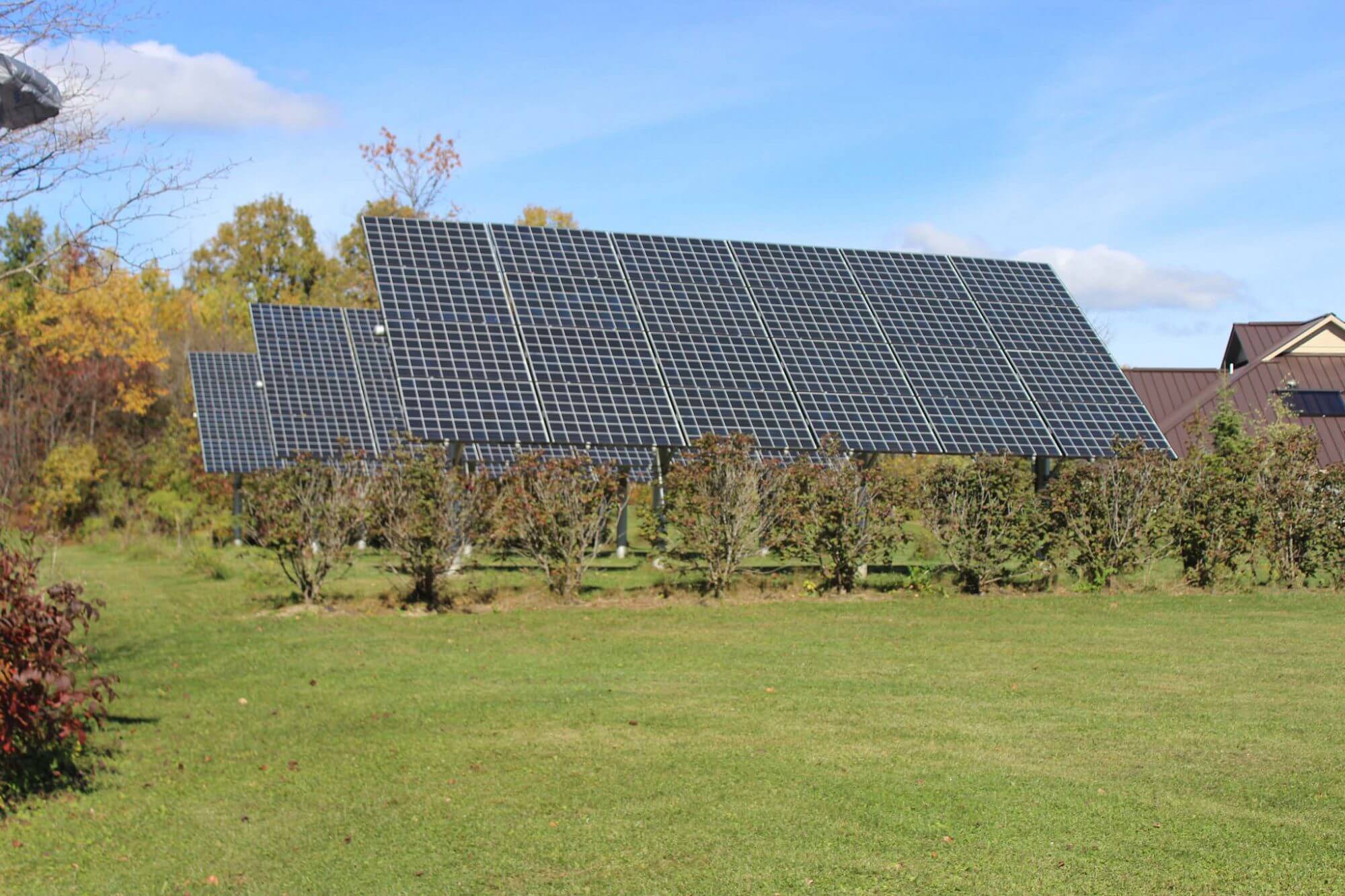WASHINGTON – Congress believed it delayed fights over funding the wide-ranging Farm Bill by working in a one-year extension in the temporary budget deal in November. In reality, the debate over the biggest component of the bill – providing money for food and nutrition programs – is already gearing up.
The Supplemental Nutrition Assistance Program (SNAP) is the biggest part of any Farm Bill, making up nearly 80% of the allocation. SNAP provides benefits that help people in low-income households to purchase food. But already some Republicans, notably House Speaker Mike Johnson, are calling for cuts to the program and an increase in the age for work requirements for people reliant on SNAP benefits.
Although SNAP is funded through the annual budget appropriations process, the Farm Bill helps determine who qualifies for the program and it is implemented.
According to the Pew Research Center, as of April 2023, 12.5% of the population relies on SNAP benefits. To qualify, households have to be at or below 130% the poverty line in their area, which, for fiscal year 2024, comes to an average of $2,072 a month for a family of three, according to the Center on Budget and Policy Priorities.
“Historically, some conservatives have criticized SNAP along the lines that it it discourages work, so, in other words, it breeds a certain group of people who aren’t working,” said Craig Gunderson, a economics professor at at Baylor University who has studied SNAP for more than 25 years.
Conservatives already had a major win in June after President Joe Biden compromised with then-House Speaker Kevin McCarthy to agree to a deal to lift the debt ceiling.
Previously, able-bodied adults from 18 to 49 dependent on SNAP had to work or participate in other activities at least 20 hours a week. Republicans raised the age requirement, which will reach 54 by next fall.
These caps are legislated to stay in place through 2030, with some Republicans wanting to raise the age cutoff even further to 65.
Gunderson said the notion that SNAP discourages work is a myth. Unlike some governmental programs that may cut benefits once someone meets a certain threshold, SNAP progressively transitions participants off the program, he said.
Some Republicans also look to cuts to SNAP as a means of finding funds for programs they champion. For example, House Agriculture Committee Chairman Glenn Thompson (R-Pa.) wants to increase subsidies for three crops by cutting food aid benefits, as well as $20 billion in funding for conservation programs.
The Farm Bill primarily goes to nutrition programs, but it covers many other areas as well, such as commodity revenue supports, agricultural conservation, trade and foreign food assistance, farm credit, research, rural development, forestry, bioenergy, horticulture, and domestic nutrition assistance.
Democrats, meanwhile, oppose cuts to the program and want to keep SNAP benefits generally at the same level or expand benefits. On Monday, Rep. Abigail Spanberger (D-Va.) introduced bipartisan legislation to allow SNAP recipients to buy hot foods and not just groceries with the benefits.
“Millions of Americans rely on SNAP benefits to put food on the table,” Sen. Dick Durbin (D-Ill.) told the Medill News Service in an email. “A family’s ability to eat should not be used as a political bargaining chip.”
These ideological differences held up the renewal of the Farm Bill after it expired on Sept. 30.
Patrick Creamer, press secretary for Sen. John Boozman (R-Ark.), who is the ranking member of the Senate Agriculture Committee, said he hopes lawmakers will renew the bill before the September 2024 deadline before next year’s elections so as not to prolong deliberations into the election months.
September is not the only important deadline as the Farm Bill approaches, the outlays for the Farm Bill over 10 years could top $1 trillion for the first time.
Republican lawmakers on the Senate Committee on Agriculture, Nutrition and Forestry have pointed out that agriculture and nutrition related programs account for only 2.4% of the budget. Even the Peter G. Peterson Foundation, an organization with a primary goal to decrease the deficit, stated that the Farm Bill is not a primary driver of national debt.
Still, Bill Hoagland, senior vice president of the Bipartisan Policy Center, said programs dependent on the Farm Bill should keep an eye on the baseline – which are projects for spending revenue and debt. If the baseline dramatically rises, Hoagland said some lawmakers will be looking to find offsets to lower government spending.
A key component of the funding allocated by the Farm Bill are mandatory vs. discretionary funds.
Discretionary funds are subject to annual appropriations, while mandatory funds are not constrained by annual spending limits.
According to the U.S. Department of Agriculture website, “once program expenditures reach the level appropriated for that year, no additional funds can be spent unless Congress provides new appropriations.”
To fund the extension of the bill, Congress found alternative sources of funding that do not rely on January appropriations. Those sources include internal Agriculture Department money and funds from a biorefinery program that are normally allocated during fiscal year budget appropriations.
However, this temporary fix does not solve the debates expected in the coming year.
With the Farm Bill extension set to expire next September, Congress has a little less than a year to work in a bipartisan manner, as the GOP-controlled House must compromise with the Democratic-majority Senate, to pass this crucial piece of legislation. But even with the fights ahead of them, the leaders of the four Agriculture Committee at least, pledged to get the bill done. “This extension is in no way a substitute for passing a 5-year Farm Bill,” leaders said in a joint statement in November. “We remain committed to working together to get it done next year.”


